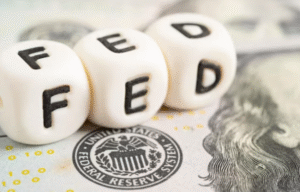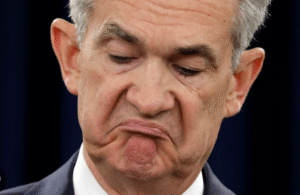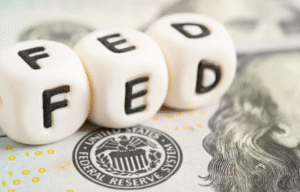$BTC $ETH #Bitcoin #Crypto #Investment #BullMarket #September21 #MarketTrends #CryptoForecast #FinancialNews #InterestRates #Blockchain
Is September 21 the Day Bitcoin Hits Bottom? Here’s Why It Could Change Everything
As the countdown news unfolds, Bitcoin (BTC), the leading cryptocurrency, faces a notable decline that has reversed the gains made following the recent decision by the US Federal Reserve (Fed) to cut interest rates. Just a short time ago, Bitcoin soared to nearly $118,000, hovering just 5% below its all-time high. However, as market uncertainty resurfaces, experts remain optimistic about Bitcoin’s long-term potential, particularly with September 21 approaching—a date many believe could redefine the cryptocurrency’s price trajectory.
Market analyst Timothy Peterson has drawn attention to historical trends, noting that Bitcoin has finished the year higher approximately 70% of the time after September 21. The median increase during these periods exceeds 50%, earning this date the moniker “Bitcoin Bottom Day.” This suggests that the odds of a price increase are significantly favorable as we near this pivotal moment.
Moreover, Peterson highlights that two of the three downturns in Bitcoin’s history occurred during well-established bear markets in 2018 and 2022. In contrast, the current market conditions do not mirror those downturns, leading him to estimate a remarkable 90% chance of a price rise this year. Historically, Bitcoin has shown a nearly flawless track record of maintaining its gains six months post-September 21. Peterson estimates that there is at least a 70% probability that Bitcoin will not dip below the $100,000 mark again.
However, caution is advised as analysts warn of a potential “sell the news” phase. Ryan Lee, chief analyst at cryptocurrency exchange Bitget, pointed out that the recent 25-basis-point rate cut by the Fed initially boosted Bitcoin’s price, pushing it above $117,000 for a brief moment. This rate cut, the first in nine months, indicates increased market liquidity. Nonetheless, Lee cautions that the median projection of only 50 basis points in total cuts for the year might temper some of the optimism, introducing potential volatility as traders adjust their strategies.
Historically, Bitcoin has experienced a dip of 5% to 8% following rate cuts before resuming its upward trend. This suggests that traders should remain vigilant as the market may enter a “sell the news” phase in the coming days. Despite these fluctuations, Lee maintains a bullish outlook on the macroeconomic environment. He asserts that lower yields on money-market funds (MMFs) are likely to direct capital toward alternative investments, such as cryptocurrencies.
In this risk-on climate, Bitcoin is positioned as a hedge, particularly with approximately $7.2 trillion currently held in cash-like instruments. Looking forward, Lee predicts that Bitcoin may consolidate in the near term before targeting prices between $123,000 and $150,000, should additional rate cuts materialize.
Analysts at Bitfinex share a similarly positive outlook, projecting that with three anticipated rate cuts by the end of the year and steady inflows into exchange-traded funds (ETFs), Bitcoin could reach between $125,000 and $135,000 by year-end. However, they also caution that if inflation or economic growth data impede the Fed’s ability to proceed with further cuts, Bitcoin might stabilize within a range of $110,000 to $115,000. This stabilization would likely be supported by institutional participation and a solid floor of ETF assets under management.
As the market gears up for September 21, the anticipation grows. Will this date indeed mark the beginning of a new bull run for Bitcoin? Investors are advised to keep a close eye on the evolving landscape, as the next few weeks could be crucial. For more insights and updates, explore our crypto section or learn about trading strategies at Binance.











Comments are closed.